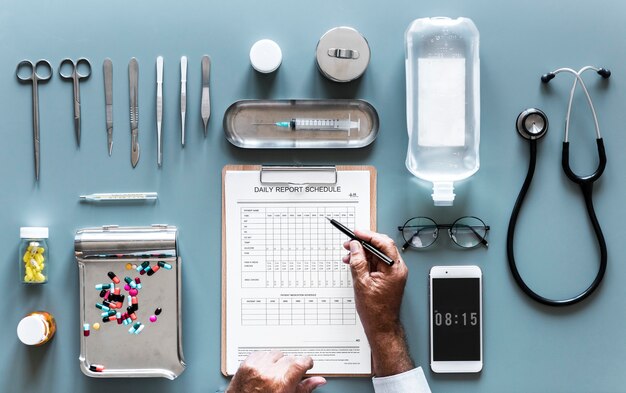
Sponsored article
In the pursuit of a safer and healthier lifestyle, harm reduction strategies play a crucial role. These strategies are designed to minimize potential risks and provide support to individuals by offering a wide range of tools aimed at promoting safety and well-being. Understanding how to access and utilize these resources is essential for those who are looking to navigate potential challenges with greater ease and confidence.
Understanding harm reduction is crucial in today’s context, where safety and health are paramount, especially in communities impacted by drug use. Harm reduction refers to a set of strategies and ideas aimed at minimizing the negative health effects associated with drug use, without necessarily requiring the cessation of drug use. These strategies emphasize the health benefits of informed and safer choices over punitive or abstinence-only approaches. By prioritizing safety, harm reduction efforts provide practical, non-judgmental support and tools, such as needle exchange programs, supervised consumption sites, and access to naloxone for reversing overdoses. One effective strategy includes the use of fentanyl testing kits, which help prevent accidental overdoses by detecting harmful substances. If you’re wondering where to get fentanyl test strips, they are available for purchase online or through harm reduction organizations and local health departments. Embracing harm reduction leads to healthier communities, supports individual well-being, and fosters a more inclusive approach to health and safety.
Finding harm reduction tools can be a crucial step in ensuring your safety and well-being, and there are several avenues you can explore to gain access to the resources you need. Many local community centers actively provide harm reduction tools, making them a convenient starting point. These centers often collaborate with healthcare providers to ensure a wide array of services are available, such as needle exchange programs, naloxone kits, and safe disposal options. Additionally, healthcare providers, including clinics and pharmacies, may offer guidance and access to essential harm reduction resources tailored to your needs. For those seeking privacy or flexibility, online platforms present a valuable option, offering discreet access to harm reduction tools and educational materials. These digital resources can connect you with local services while ensuring that harm reduction tools are always within reach. By exploring these pathways, you can easily find the necessary tools to stay safe and informed.
Employing harm reduction strategies offers numerous benefits to both individuals and the broader community, by prioritizing safety and fostering improved health outcomes. On a personal level, these strategies empower individuals to make safer choices in managing their health, reducing the risk of harm associated with potentially hazardous behaviors. For instance, access to clean needles or supervised consumption sites greatly diminishes the chances of infection and overdose, leading to markedly better health outcomes. From a societal perspective, these strategies contribute to enhanced community well-being by decreasing the spread of infectious diseases and reducing the burden on healthcare systems. Furthermore, harm reduction initiatives foster a more inclusive environment, promoting understanding and acceptance, which can mitigate stigma and encourage individuals to seek help or access resources. By prioritizing these benefits, harm reduction not only enhances personal safety but also strengthens the overall fabric of society, leading to healthier communities.